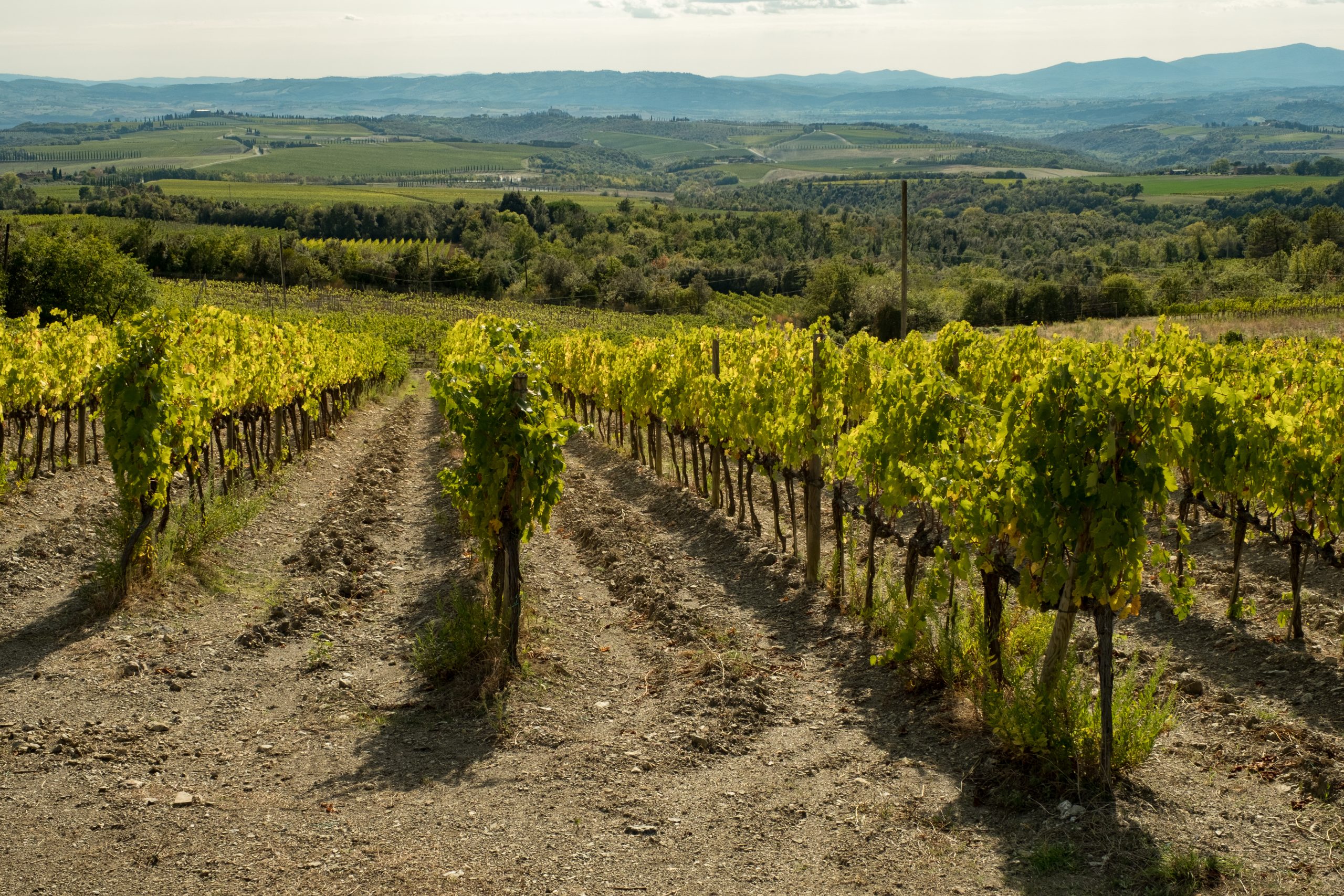
Montalcino is an Italian country located in the Tuscany region, famous for its wines, especially Brunello di Montalcino.
The country is located about 564 meters above sea level, on a hill between the valleys of the Ombrone and Asso rivers.
Geology, soils and climate
The area has a great diversity of soils, ranging from limestone and clay to soils rich in marine fossils, sand and stone. This variation contributes to the complexity of the wines produced in the area.
The topography is rugged with rolling hills, which provide excellent drainage, essential for quality viticulture.
Montalcino has a Mediterranean climate, characterized by hot, dry summers and mild, wet winters.
During the summer, temperatures can exceed 30°C during the day, while at night they tend to be cooler. In winter, temperatures rarely fall below 0°C.
Rainfall is most frequent in spring and autumn, with relatively dry summers. The average annual rainfall is around 700 mm, varying depending on the altitude and the specific location within the municipality.
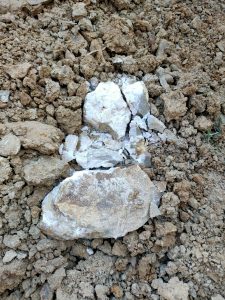
Ventilation and health of vineyards
The region is well ventilated, with breezes that help keep the vineyards healthy, reducing the incidence of plant diseases.
The combination of diverse soils and Mediterranean climate is ideal for growing the Sangiovese grape, used in the production of the famous Brunello di Montalcino. The climatic and geographical conditions contribute to the aromatic complexity and structure of the region’s wines, making them recognized throughout the world.
These factors together make Montalcino a unique terroir, suitable for high-quality viticulture, contributing significantly to the fame and success of its wines.
Viticulture practices
Montalcino producers are known for their attention to detail and commitment to quality. Viticultural practices include careful vineyard management, with low yields per hectare.
Montalcino wine production has deep roots and a long tradition, which contributes to a know-how consolidated over time.
Despite the strong tradition, many producers are also adopting modern techniques and innovations to further improve the quality of the wine.
Impacts of climate change
The harvest period in Montalcino varies slightly from year to year depending on the weather conditions, but generally takes place between the end of September and the beginning of October. Producers carefully monitor the ripening of the grapes to determine the optimal time for harvest, ensuring that the grapes have reached the right balance of sugars, acidity and phenolic compounds.
Climate change is having a significant impact on viticulture in many regions of the world, and Montalcino is no exception. In fact, higher temperatures accelerate the ripening process of the grapes, leading to earlier harvests. Riper grapes can have a higher sugar content, leading to wines with higher alcohol levels. However, this can come at the expense of acidity, which is essential for the freshness and longevity of the wine.
Winemakers can choose Sangiovese clones that are more resistant to heat and drought. Practices such as soil management, the use of cover crops, and strategic pruning can help mitigate the effects of climate change. The two most commonly used training systems in viticulture to manage the growth of vines and influence the quality and quantity of grapes produced are spurred cordon and guyot.
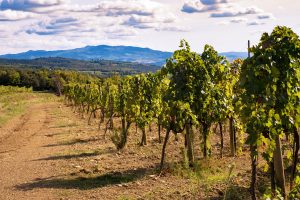
Vine training systems
Here are the main differences between these two methods:
In the spurred cordon system, the shoots are pruned to form a permanent “cord” along the support wire. Short shoots, called spurs, develop from the main cordon, on which new shoots grow each year. Pruning is brief and consists of leaving two or three buds on each spur. This system tends to produce more uniform grapes and promotes consistent production over time.
The spurred cordon facilitates the mechanization of the harvest and other operations in the vineyard, reduces the risk of damaging the vine during pruning, and requires less annual maintenance.
However, it can limit the number of productive buds per plant, reducing the amount of grapes produced compared to other systems. It can also accumulate old wood, increasing the risk of wood diseases.
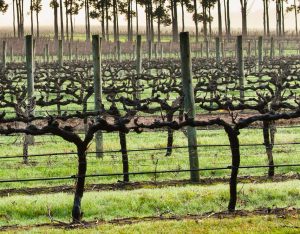
In the Guyot system, the vine is pruned so that one or two long shoots (called “fruiting head”) and one or two short shoots (called “wood head” or “spur”) remain. The fruiting head is tied horizontally to the support wire, while the spur is pruned to two or three buds to provide the shoots of the following year.
Pruning is longer and more complex than the spurred cordon, requiring the selection and tying of the shoots. This system can allow for greater production per plant, thanks to the greater number of productive buds left.
It allows for flexible management of production, adapting the number of productive buds to the conditions of the year and reduces the accumulation of old wood, decreasing the risk of wood diseases.
However, it requires more manual labor for pruning and tying the shoots. It can also be more difficult to mechanize than the spurred cordon.
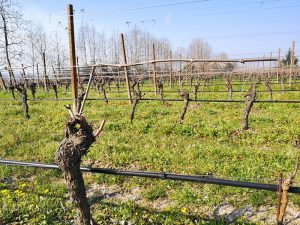
Choosing the pruning system
In the production of Brunello di Montalcino, the choice of pruning system is crucial to control the yield and maintain the high quality of the Sangiovese grapes. Many producers opt for the spurred cordon for its ease of management and consistency in production, while others prefer the Guyot for its flexibility and potential for higher yields.